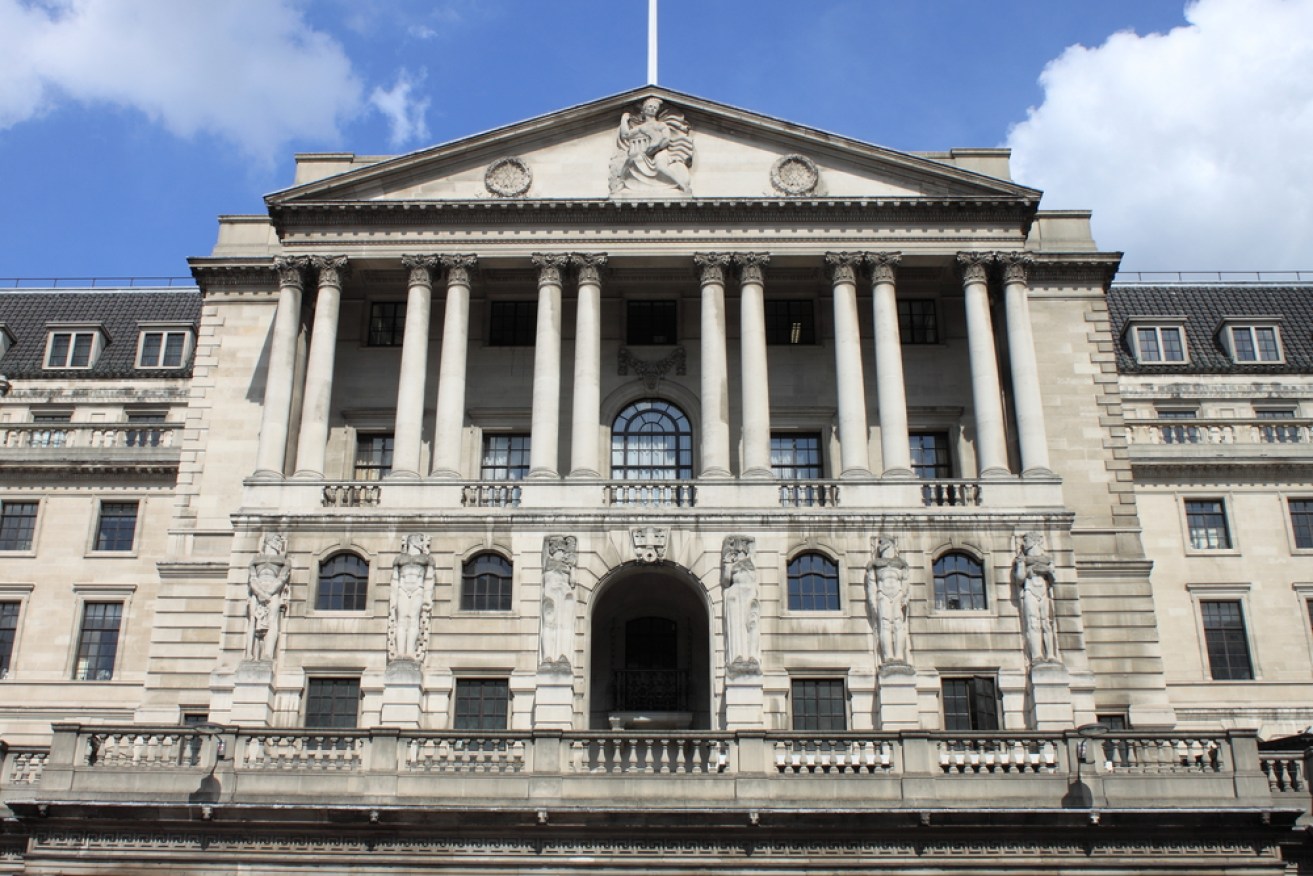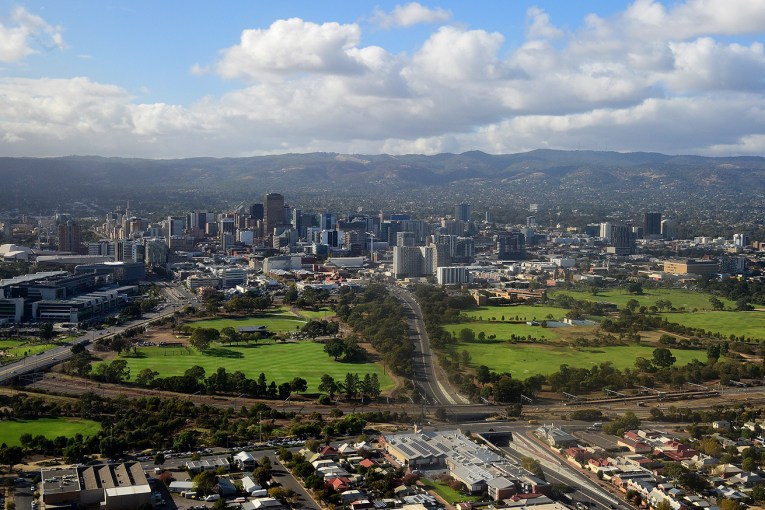You’ve heard of the ‘cash rate’. But what is it?


Shutterstock
You may have noticed this week that the Reserve Bank of Australia has once again cut the cash rate, this time to a new low of two per cent.
If on hearing this news you secretly wondered to yourself, “What the hell is the cash rate really?” then you are not alone.
In fact, new research by the University of Sydney suggests you are very much in the majority.
• Traders catch the Reserve Bank with its pants down
• Finally: RBA cuts cash rate to record low
• CommBank’s weird response to the rate cut
So, in the interests of democracy, we thought it was high time we put together a no-nonsense explainer of exactly what the cash rate is … and isn’t.
So here goes.

The US Federal Reserver, the most influential central bank in the world. Photo: Shutterstock
What the cash rate isn’t
The cash rate is not a directive to banks on how much interest they can charge customers on home loans, business loans and credit cards.
There is absolutely no legal or regulatory obligation for banks to lower interest rates in line with the cash rate – which is why NAB and Commonwealth Bank are perfectly within their rights not to pass on the full rate cut to consumers.
Like it or not, those are the facts.
What the cash rate is
The answer is actually surprisingly simple.
According to the Reserve Bank, the cash rate is simply “the interest rate on overnight loans in the money market”.
In other words, it is the amount of interest a commercial bank must pay the Reserve Bank if it takes out an overnight loan.
If the Commonwealth Bank, for example, borrows $100 from the Reserve Bank overnight, under the current regime it would pay the Reserve Bank an extra $2 per annum for the privilege. That works out as about 0.5 cents a day.
But why do banks need to borrow overnight?
Banks are constantly shifting money around between themselves. Pretty much every purchase, whether $5 or $5 billion, involves a transaction between banks.
Because the daily volume of these transactions is unpredictable, and because banks are by definition risk-taking institutions, it is often the case that they temporarily run out of hard cash to make good on these transactions.
But they are still obliged to settle the transaction overnight. In such situations, therefore, they must borrow, either from each other, or from the central bank.
When the cash rate is low – as it is at the moment – borrowing overnight from the Reserve Bank is fairly cheap. That means if banks do run out of cash one day, it isn’t such a big deal – they can just borrow off the Reserve Bank.
The result is that banks are prepared to take more risk by lending more money to households and businesses. Hence, a low cash rate ought to stimulate economic activity.
In a nutshell: more bank lending means a higher chance of banks running out of money. But a lower cash rate means the cost to a bank of running out of money is not as great. Therefore, a lower cash rate encourages banks to lend more.
What does all this have to do with mortgage rates?

The Bank of England, the Reserve Bank’s imposing British counterpart. Photo: Shutterstock
In theory, the cash rate should have an indirect, not a direct, effect on mortgage, deposit and credit card rates. It shouldn’t trigger a knee-jerk rate cut.
Take mortgages: if the Reserve Bank lowers the cash rate, it might make Westpac more willing to lend to new homebuyers.
However, simply being “more willing” to lend isn’t enough. If it wants to encourage more people to take out mortgages, it needs to lure them in. One way of luring them in is by lowering interest rates.
But there are plenty of other ways. Aggressive marketing campaigns or – in the case of credit cards – one-off special offers are two other strategies.
In a free market, the bank is free to decide how it responds to a cash rate cut.
But in a free market, the bank must also take its public image into account. If the public sees that the cash rate has gone down by 50 basis points, but their mortgage rate has stayed the same, they’re not going to be happy.
Hence when banks immediately decide to cut interest rates in line with the cash rate, it is more a public relations exercise than a carefully measured financial response.
But hopefully it is both.








